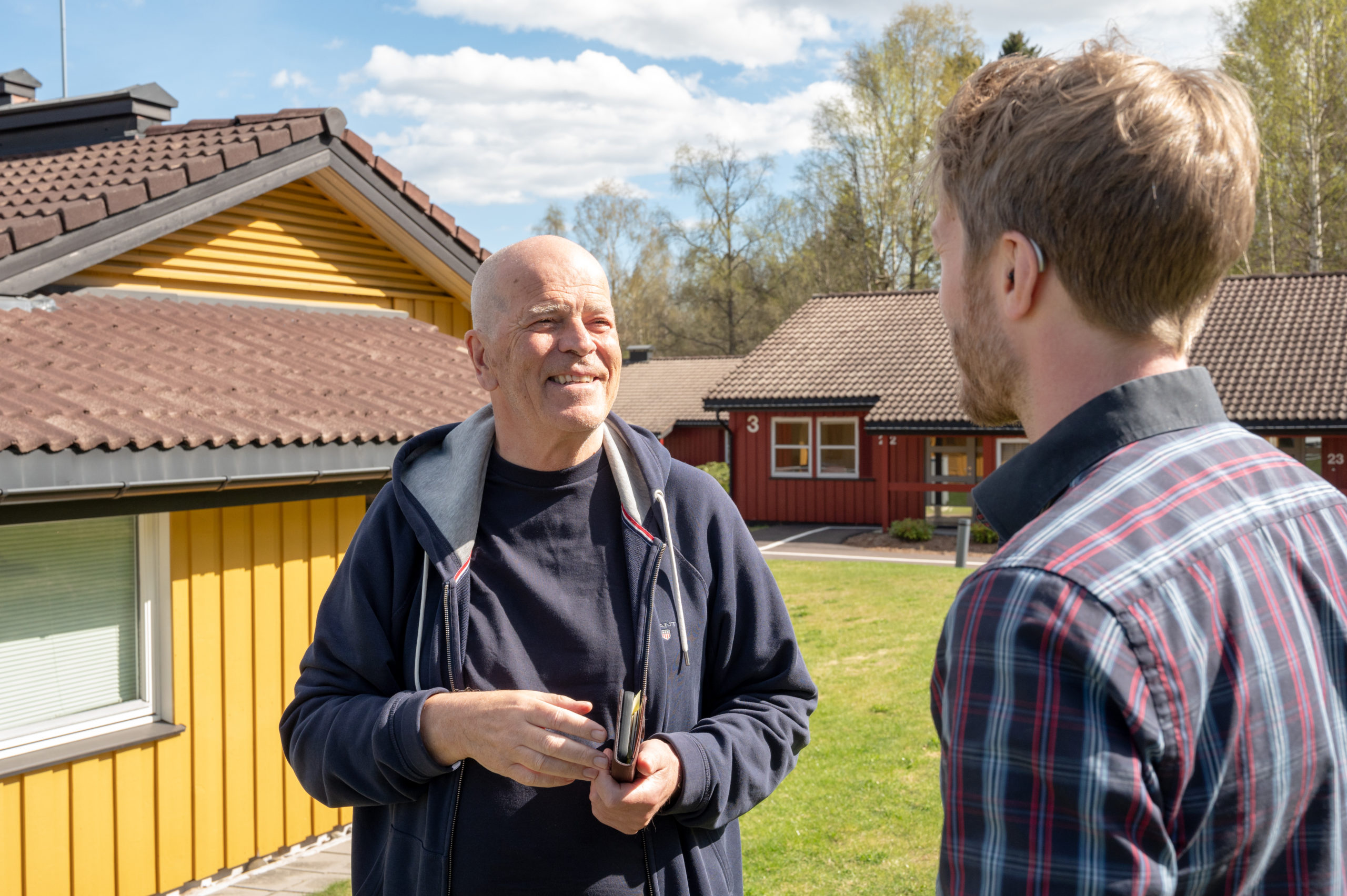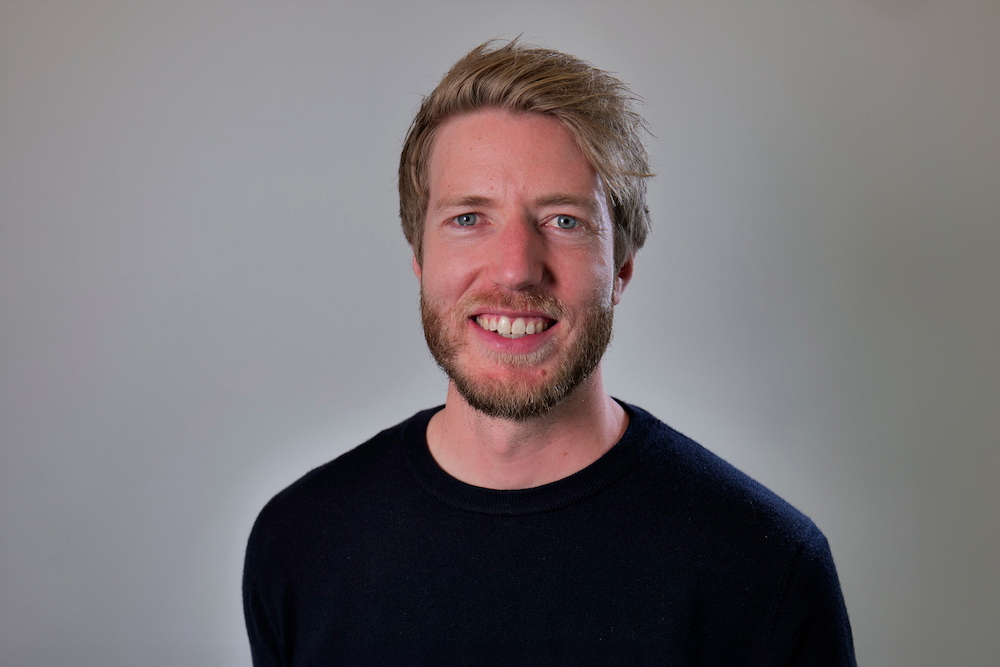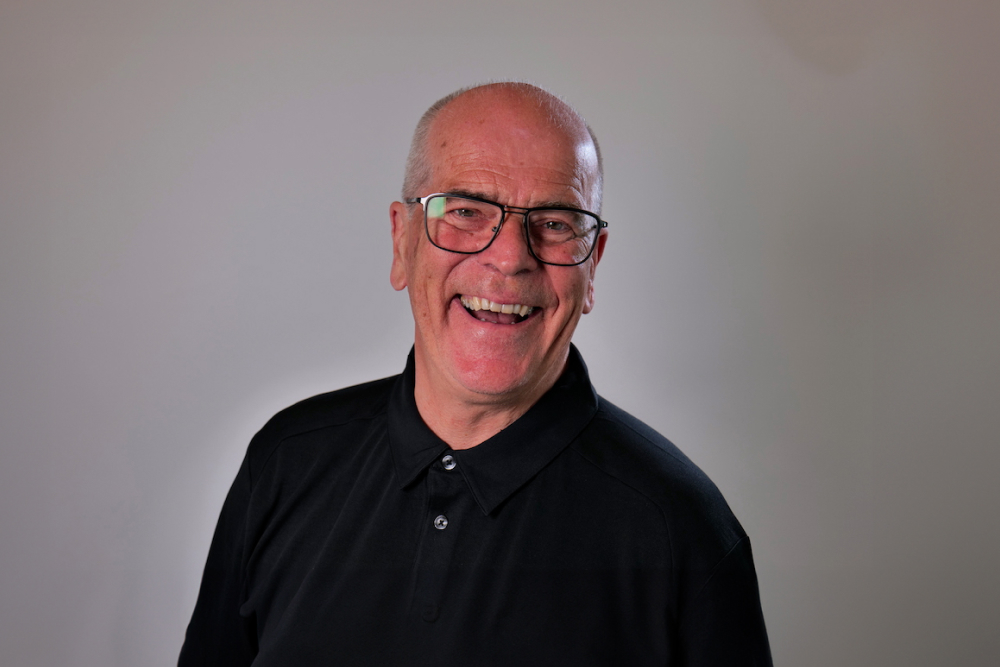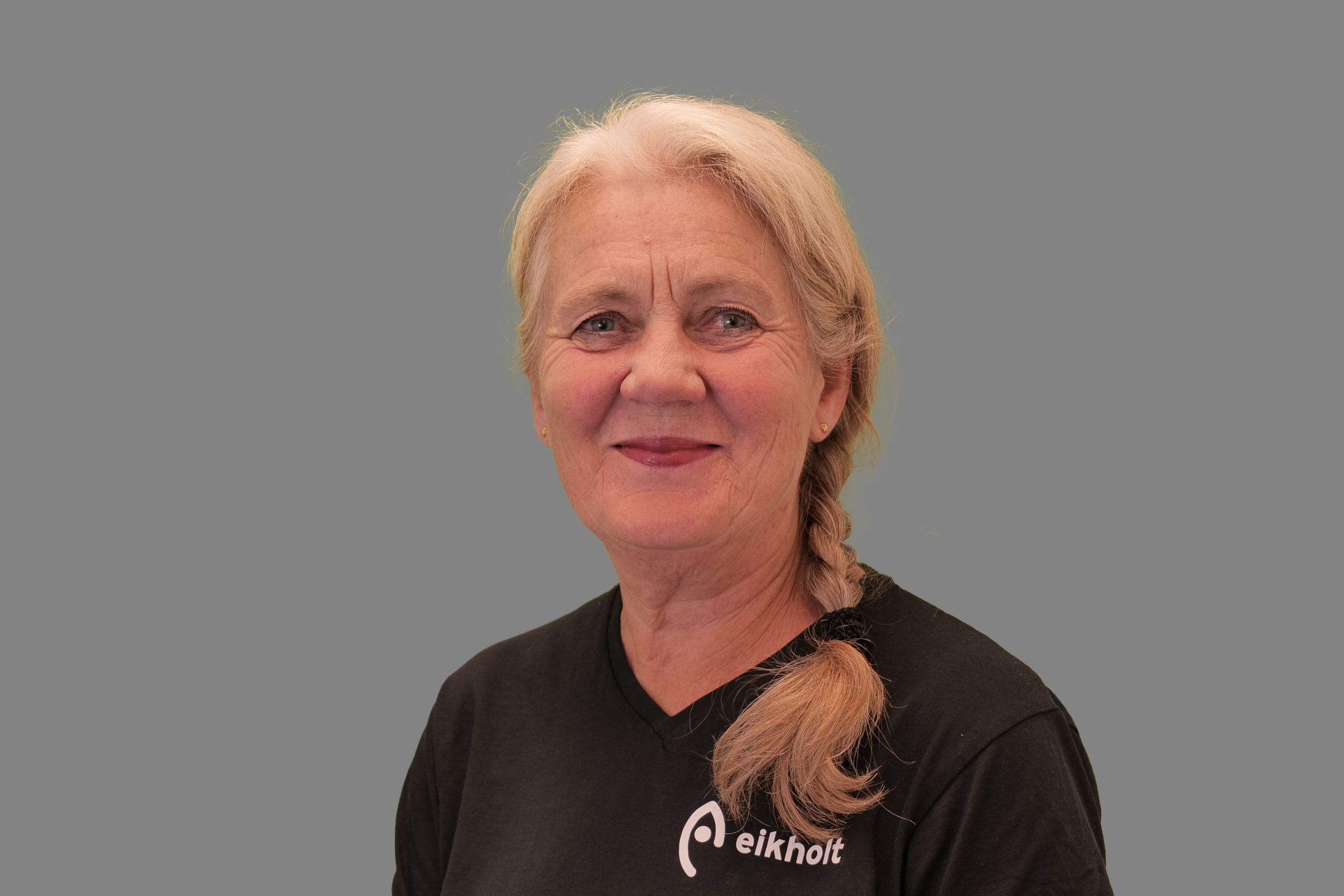Eikholt and Hørselsforbundet receive funding from the DAM Foundation

There was great joy when Eikholt together with The Hearing Society (formerly Hørselshemmedes Landsforbund) was awarded funding from DAM Foundation to two new projects. The projects will be led by Rolf Mjønes and Rolf Lund, and focus on the development of a new audiovisual training programme and multi-sensory architecture for people with visual and hearing impairments, respectively.
Audiovisual speech perception: A new training programme

Project manager: Rolf Mjønes
Our ability to understand speech depends not only on what we hear, but also on what we see. Facial expressions, lip movements and body language provide important additional information that helps the brain interpret what is being said, especially in noisy environments. Research shows that this audiovisual interaction can be crucial to our ability to function normally in noisy situations. For people with normal vision and hearing, speech perception in noise is improved by approximately 50% using lipreading. For people with hearing loss, this gain is even more important (Kleven, 2024).
Despite this knowledge, there are currently no good training programmes that systematically train audiovisual speech perception skills. This project aims to develop such a training programme, based on experience and data from The Eikholt test
Targeted rehabilitation with an individually tailored training programme
The training programme that will be developed is expected to provide significant value in several areas:
- For individuals with hearing loss: A tangible self-training tool that can improve everyday communication skills, increase self-confidence, improve social participation and reduce isolation.
- For professionals in hearing rehabilitation: A resource for targeted training and specific exercises in working with users, as well as a tool for measuring and documenting the effect of rehabilitation.
- At system level: An important supplement to traditional hearing rehabilitation by offering an active training component that the user can control, which strengthens the user's role in their own rehabilitation and can streamline the work of professionals.
Involvement of professionals and experience consultants
The development process will involve both professionals and experience consultants with hearing loss. This helps to ensure that the training programme meets real needs and is user-friendly. The training programme will first be launched for PC, and then adapted for tablets and smartphones.
Multisensory architecture and visual and hearing impairment

Project manager: Rolf Lund
The use of all the senses can enrich experiences and make environments more accessible for people with combined visual and hearing impairment/deafblindness, hereafter referred to as KSHD. The fact that the project focuses on people with KSHD is an innovative choice, as this is a group that can often be overlooked in traditional accessibility work.
When sight and hearing are not enough, other senses such as touch, smell, vibrations and temperature differences are crucial for navigating, experiencing and understanding our surroundings. The project aims to integrate this knowledge about the use of the senses into the design of our physical surroundings.
Inclusive architecture for sensory discovery in urban environments
Particularly in urban areas, where almost everything around us is created by humans through design and architecture, there is often a one-sided focus on the visual. By utilising all the senses, architecture can become more exciting and inclusive, so that more people can experience and use the spaces on equal terms. That's why a key point in the project is to use different tools. This can be about:
- Natural architectural features to create a sensory-rich environment.
- Use of artificial tactile markers or modern technology that can enhance accessibility and the experience.
- By combining traditional and innovative solutions we can develop an urban environment that is not only safe and functional, but also invites sensory discovery for everyone.
Guide for Designers, Architects and Decision Makers
The project will develop a guide for relevant target groups, with a particular focus on designers, architects and decision-makers. Their understanding of the specific challenges faced by people with KSHD is crucial to creating a more inclusive society. The more awareness we create, the fewer barriers will exist.
In the project description, we therefore distinguish between the user group, which consists of people with KSHD, and the target group, which consists of designers, architects and decision-makers who, through the guide, will learn how universally designed environments can also meet the needs of the user group.
Sources
Kleven, M. (2024). Audiovisual speech perception measured with the Eikholt test: A quantitative investigation of the relationship between gender and age for audiovisual speech perception, in normally hearing and normally sighted adults in Norway. Master thesis. https://www.duo.uio.no/handle/10852/113528?show=full
Read more?
Want to read about other projects? Read more about projects organised by Eikholt here.
Do you have any questions?
Get in touch with us. Contact us - Eikholt

